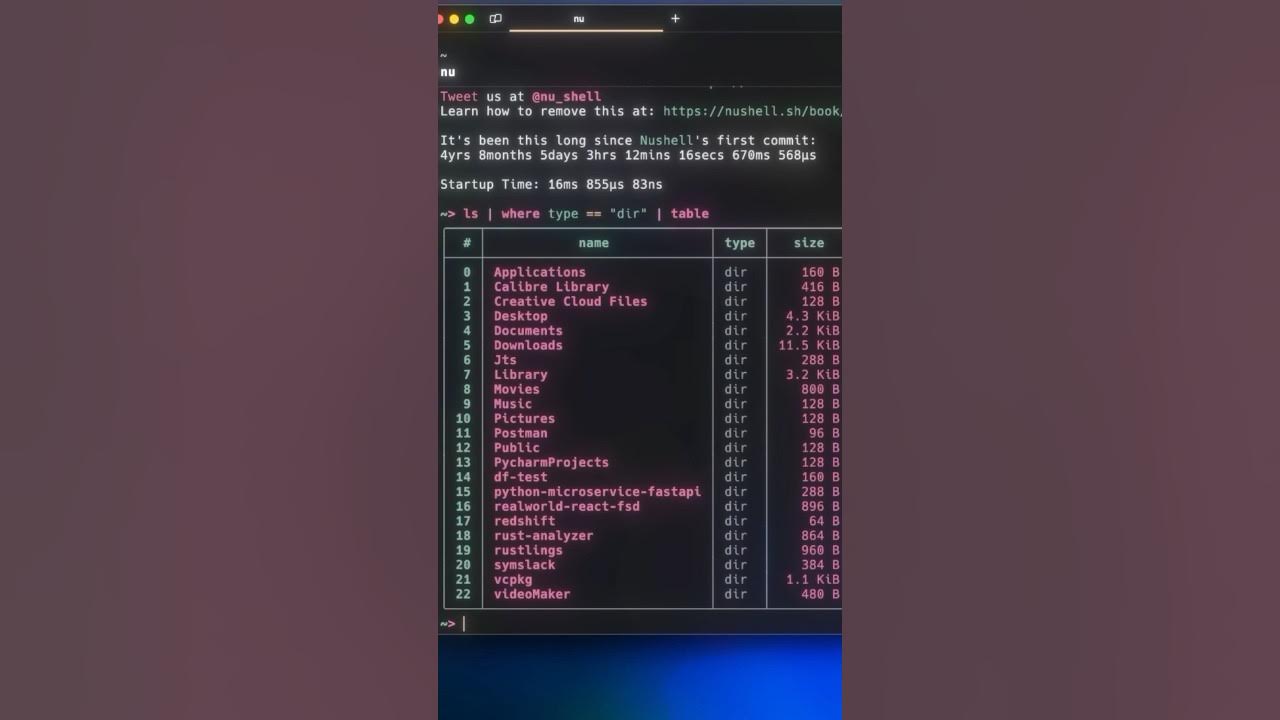Writing a Physics Engine from scratch - collision detection optimization
Summary
TLDRVerlet積分は、シンプルな物理シミュレーションを簡単に行うための優れたツールです。このビデオでは、衝突判定の性能を大幅に向上させるシンプルな方法を紹介しています。オブジェクトが重なるのを最小化するために、空間分割やマルチスレッド処理を使用し、数千個のオブジェクトを効率的にシミュレートします。結果として、固定グリッドによる衝突判定とマルチスレッド処理により、大規模なシミュレーションでも高いパフォーマンスを維持できます。さらに、シミュレーションは決定論的であり、同じ初期状態から常に同じ結果が得られる点も強調しています。
Takeaways
- 👍 Verlet統合は、シンプルな物理相互作用を簡単にシミュレートする素晴らしいツールです。
- 📽️ 動画では、基本的な物理エンジンを作成するためのシンプルなアルゴリズムを使用しました。
- ⚡ ナイーブなアルゴリズムは少数のオブジェクトでのみ動作しますが、より多くのオブジェクトをシミュレートする方法を紹介します。
- 🔍 オブジェクト間の重なりを最小限にすることがシミュレーションの目標です。
- 📏 重なりは、オブジェクトの中心間の距離を半径の合計から引いて計算されます。
- 🔄 重なりを減らすために、オブジェクトを少しずつ移動させます。
- 🔧 サブステップを使用して重なりを最小限にすることで、シミュレーションのパフォーマンスを向上させます。
- 🗺️ 空間分割の概念を導入することで、衝突チェックの数を大幅に減らします。
- 🧵 複数のスレッドを使用して、シミュレーションのパフォーマンスをさらに向上させます。
- 🎨 データ競合を回避するために、スレッドゾーンを2つに分割し、衝突を2回に分けて解決します。
Q & A
Verlet Integrationとは何ですか?
-Verlet Integrationは、簡単な物理相互作用をシミュレートするための優れたツールです。
動画で示された衝突検出の方法は何ですか?
-動画では、物体間の距離がそれぞれの半径の合計より小さい場合に重なりが発生することを利用したナイーブなアルゴリズムが使用されています。
シミュレーションのパフォーマンスを向上させるための方法は何ですか?
-シミュレーションのパフォーマンスを向上させるためには、空間分割の概念を導入し、固定グリッドを使用することが有効です。
固定グリッドの使用方法はどのように説明されていますか?
-固定グリッドでは、シミュレーションの空間を正方形のセルに分割し、各オブジェクトのインデックスをセルに追加します。
衝突検出のためのナイーブな方法の問題点は何ですか?
-ナイーブな方法では、オブジェクトの数が二乗に比例してチェックが必要なため、非常に遅くなります。
固定グリッドを使用することの利点は何ですか?
-固定グリッドを使用することで、非常に遠く離れたオブジェクト間の無駄なチェックを大幅に削減できます。
サブステップを使用する利点は何ですか?
-サブステップを使用することで、物理フレーム間のオブジェクトの移動を小さくし、オーバーラップを最小限に抑えることができます。
マルチスレッド化の目的は何ですか?
-マルチスレッド化の目的は、複数のスレッドを使用して計算を高速化し、衝突検出のパフォーマンスを向上させることです。
データレースの問題を解決する方法は何ですか?
-データレースの問題を解決するために、各スレッドのゾーンを2つに分け、2回のパスで衝突を解決します。
シミュレーションが決定論的であることの利点は何ですか?
-シミュレーションが決定論的であることで、特定の初期状態が常に同じ結果を生み出し、シミュレーションの再現性が保証されます。
Outlines

This section is available to paid users only. Please upgrade to access this part.
Upgrade NowMindmap

This section is available to paid users only. Please upgrade to access this part.
Upgrade NowKeywords

This section is available to paid users only. Please upgrade to access this part.
Upgrade NowHighlights

This section is available to paid users only. Please upgrade to access this part.
Upgrade NowTranscripts

This section is available to paid users only. Please upgrade to access this part.
Upgrade NowBrowse More Related Video
5.0 / 5 (0 votes)






